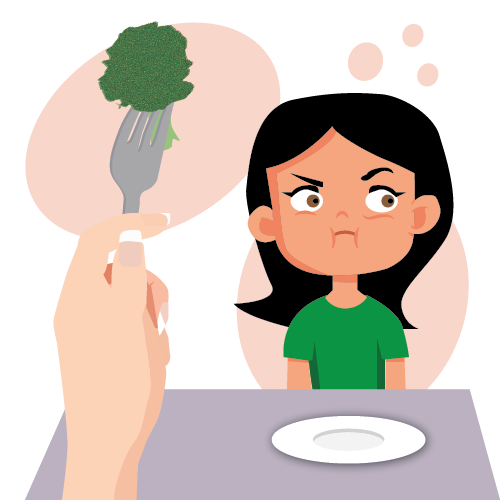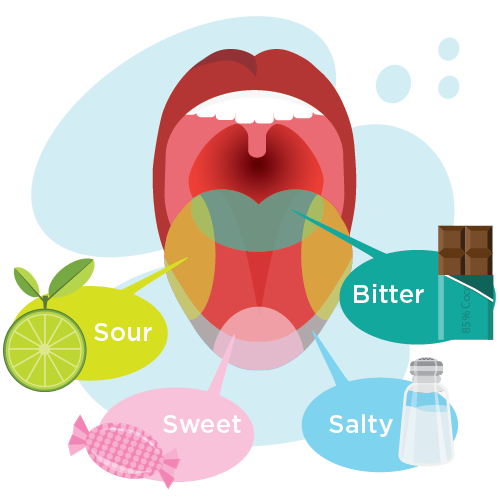
Everyone knows the commercials about picky eaters and their refusal to eat vegetables or anything that happens to be a shade of green. Maybe you’ve known a few of those veggie “haters” who actually grow up to become vegetarians and it made you think, “Huh?”
It turns out that taste buds change as children grow and continue to change as we age.
What we perceive as taste is actually a combination of how food looks, how it smells and the texture of the food we are eating. The actual ingredients: the degree of spice, saltiness, the acid level, etc., all add to the sensation of the taste. Our taste buds are processing all of these factors in an instant and sending signals that are favorable to our sensibilities or not.

It turns out, we can train our palate to accept new flavors by repeated exposure. It’s one of the oldest parenting tips - young children need to be exposed to a new food 10-15 times before they can decide if they like it or not. Younger taste buds are programmed to prefer sweet over bitter. This is an evolutionary protection mechanism. As a result, some taste buds are trained to prefer sour or spicy foods if they are exposed to those foods frequently. As we mature, our previous rigid likes and dislikes can become more flexible, and we are more willing to try new foods or new preparations of foods we may have previously despised.

Taste buds are also constantly turning over (dying and regenerating) when we are young. Somewhere around middle age there is less turnover and an atrophy of taste buds that can cause flavors to seem duller. Many other factors can affect taste including colds, allergies, cigarette smoking, dry mouth, certain medications and some diseases. Additionally, since the perception of taste is also related to the appearance and smell of food, these are affected as we age. Some older adults may actually need more flavoring to appreciate food that they are eating.
So, make sure to expose young children to a variety of foods when they are young and stay open to trying new things. You never know when something you thought you would never eat will turn into your next favorite food.
This information in this post is for general educational purposes only and does not warrant or represent any information as related to health as specifically appropriate for you. It is not intended to be medical advice or replace the relationship that you have with your health care providers. You should always seek medical advice on any diagnosis or treatment from a qualified health care provider. The information is provided “as is” without any representations or warranties, express or implied.






